“We should all be concerned when oil is spilled into our environment.”
- Senior Emergency Management Officer Derek Hartley
A charter boat is sinking in the Raglan Harbour and leaking oil into the marine environment.
The Faugh A Ballagh has 800 litres of marine diesel oil on board and another 120 litres of heavier hydraulic and sump oils. The deck of the charter vessel is below the water line.
But don’t panic, it’s part of a mock marine oil spill exercise by Waikato Regional Council
Regional councils are responsible for tier 2 oil spills which are within 12 nautical miles of the coastline and/or have the likelihood of associated costs of not more than $250,000 for the response and cleanup. In order to prepare for such situations, the council conducts two exercises a year to ensure its resources and skills are up to required standards by Maritime New Zealand.
Staff from all areas of the council take part in the exercises, including specialists in emergency management, maritime safety, health and safety, coastal and marine science and communications.
In Raglan on 22 September 2022, two trucks full of equipment rolled on to site at the Te Kopua boat ramp at 9am.
Senior Emergency Management Officer Derek Hartley, who took the role of regional on-scene commander (ROSC) for the emergency exercise, says rapid deployment of booms to contain oil is key while planning the response is underway.
“There is a lot of gear to unload and set up so in the meantime we’re gathering as much intelligence as we can to guide our planning and next steps,” says Mr Hartley.
“Everything is taken into consideration. What’s the wind doing, what’s the tide doing, the weather? Are there any sites of significance, shellfish beds, what marine wildlife needs protecting? This is where local knowledge is invaluable, and we really welcome input.”
Then there is logistics.
“What’s this all going to cost? What’s going to happen to the vessel? Do we need to get divers in to plug the vents from where the oil is leaking? If we need to rescue any wildlife, where do they go? Is the shellfish safe to eat?
“We need to feed everyone, too, and make sure they get breaks. Do we need more staff? If the response looks to be ongoing for some days, then we need to sort accommodation or travel. And, in the meantime, the community are, quite rightly, watching closely and the media will always take a keen interest, and that is great because we should all be concerned when oil is spilled into our environment.”

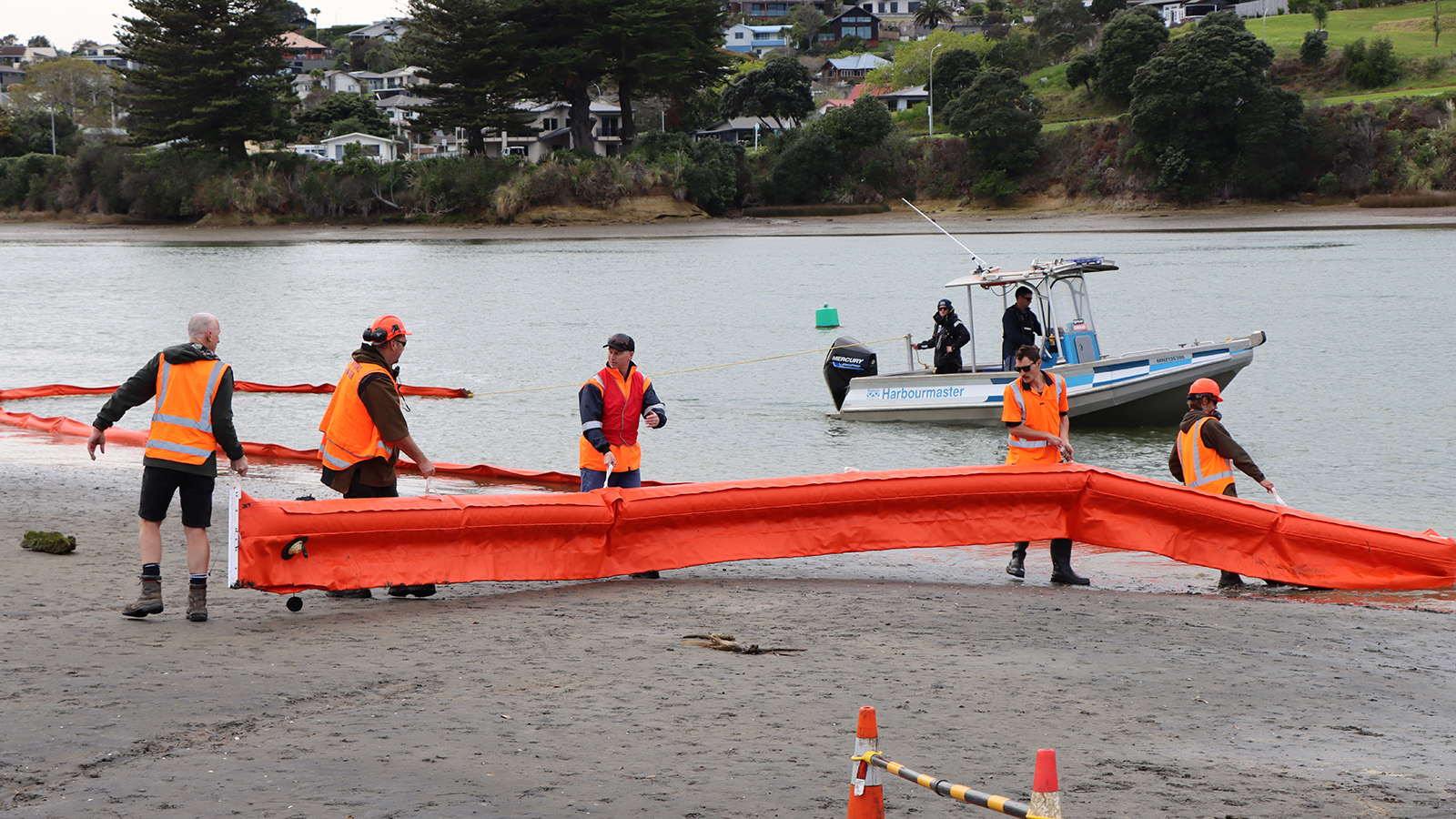
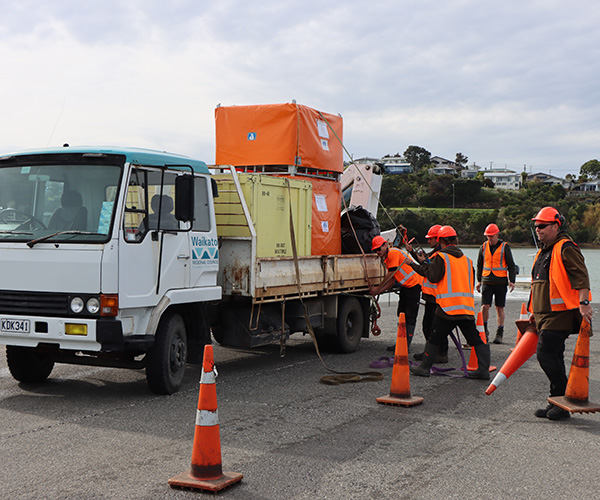
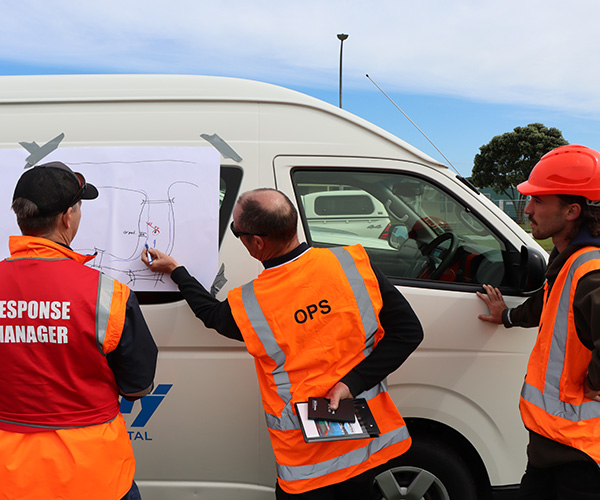
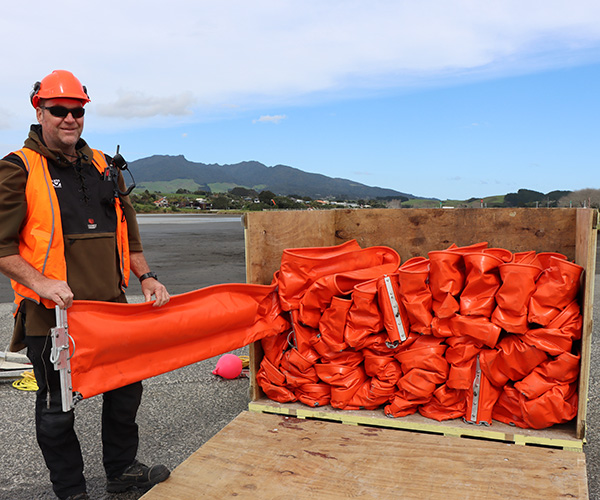
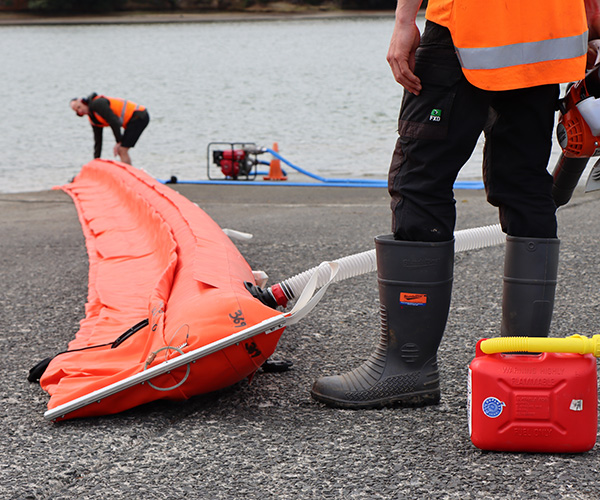
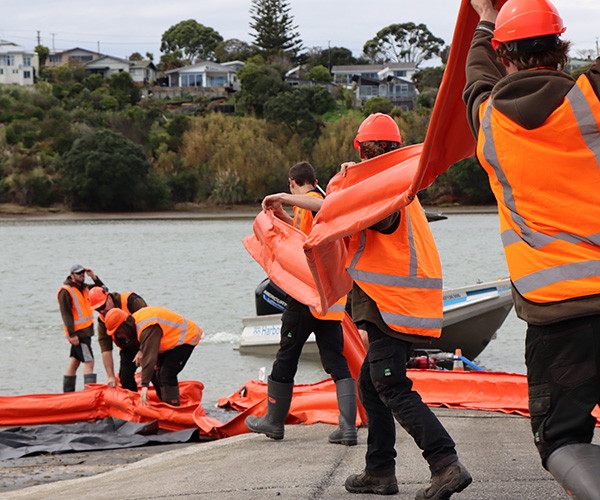
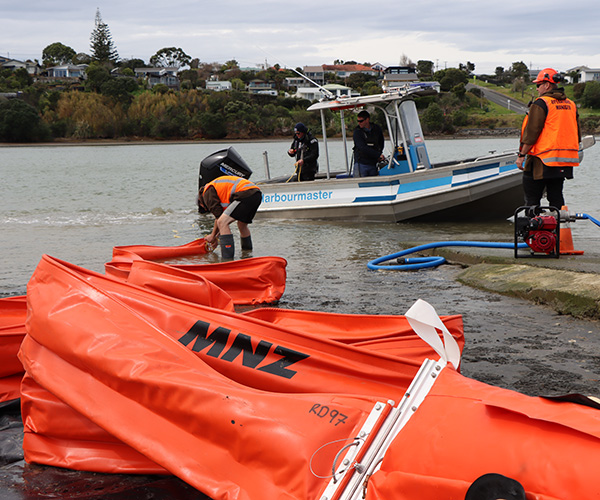
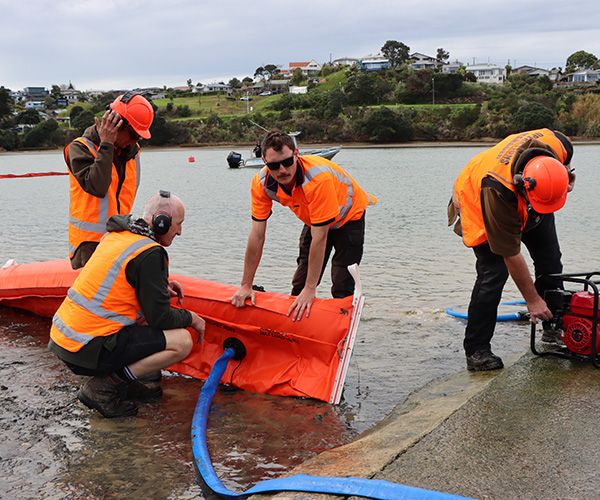
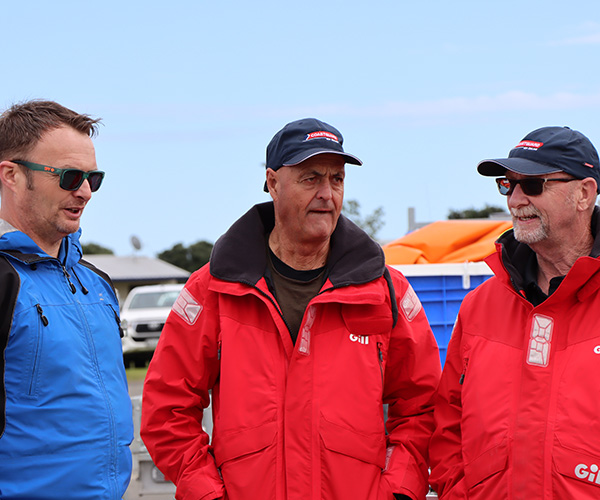
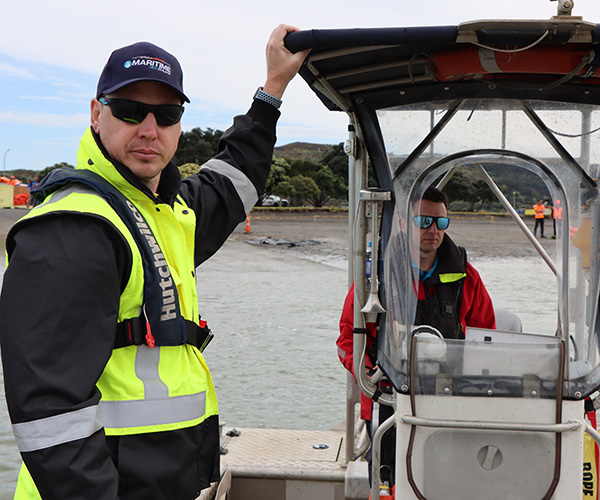
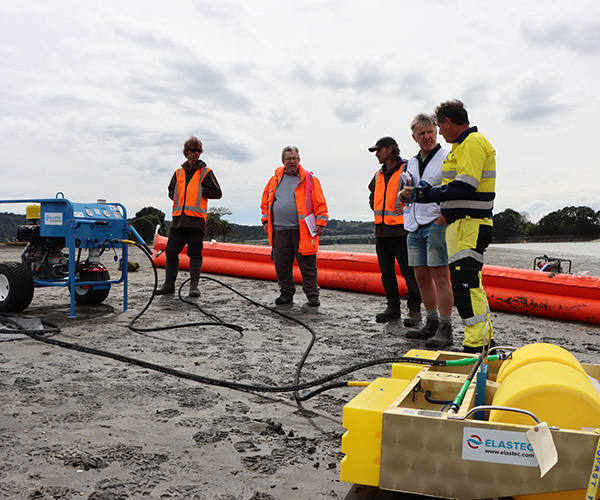
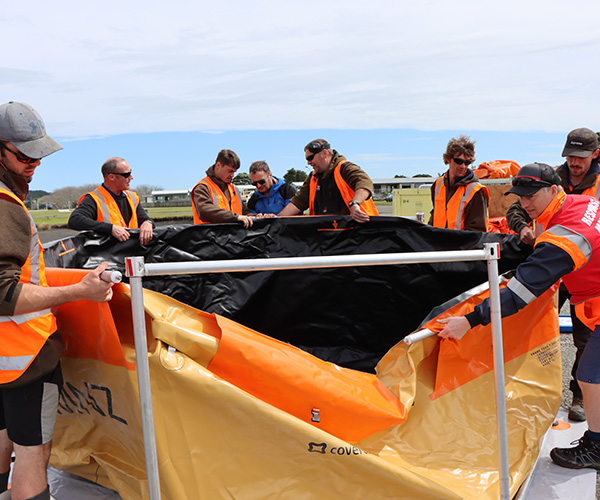

To ask for help or report a problem, contact us
Tell us how we can improve the information on this page. (optional)